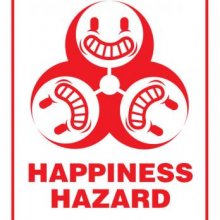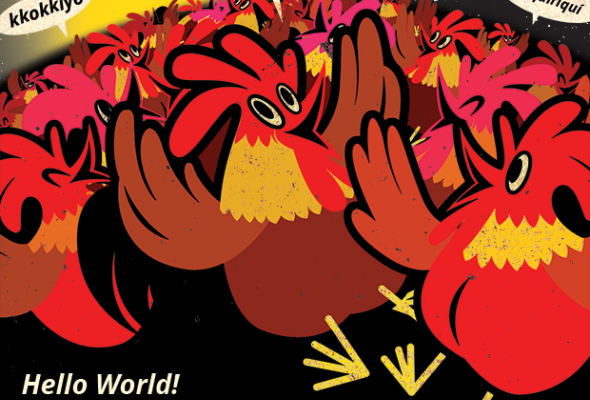The workplace has long been a source of companionship and friendly interaction, but when does a bear hug by the water cooler become mistaken for hanky-panky, or even harassment?
Welcoming a coworker with open arms is not uncommon in today’s more relaxed workplace, and the hug-bug has infected workers across the globe. As management decides to loosen-up dress codes and welcome young-gun employees into their bosoms, a hug-friendly organizational culture is developing in many workplaces, with an increased sense of intimacy among colleagues.
A recent hug-study revealed that even in countries where personal space is considered a virtue, a friendly embrace in the workplace isn’t uncommon. In Sweden, up to 25% of workers have hugged a cuddle-worthy colleague in the workplace. Those at the top of the office totem pole may be missing out on hug therapy at work, however, as only 4% of workers have hugged their bosses. It’s lonely at the top!
The joy of hugs and kisses aside, many companies have tabooed touching at the office, no matter how casual. The fine line between a happy embrace and a go-for-it-grope has caused management to deter close contact between coworkers, considering the devastating consequences of a sexual harassment hiccup on a successful business.
T. Ray Bennette, Vice President of the American Bureau of Shipping suggests that unless a hug helps to get the job done, it doesn’t have a place in the workplace. While a case of the huggies may distract from the task at hand, the emotional bond shared between coworkers during a sudden squeeze on the job can help lift spirits, while deepening coworker relations.
Future entrants into the workforce may share the same feeling, considering that educators across North America and Europe are wrestling with the idea of banning physical contact among school-mates – including hugging. As the line continues to blur between appropriate and inappropriate physical contact, the new generation may be just as reluctant to hug their bosses as the current.
Other pro-PDA (public displays of affection) groups are working to create a Hug Nation. The Swedish Red Cross recently initiated its ‘Hugs for the Lonely’ campaign in order to combat the isolation felt by non-hug-recipients. As hugging generally decreases with age, old fogies may be in the greatest need of a vertical cuddle session.
To hug or not to hug? Rick Brenner, hug-spert of physical contact in the workplace, offers some guidelines for identifying the hug-ability of coworkers. The key to avoiding hug harassment at work is to standardize your hug. Keeping the number of back pats to a minimum and going for the one-handed half-hug can be a great way of professionalizing your squeeze style. Practicing your hug on trusted coworkers, or even the boss, may help create a cuddle culture in the work place.
Topics:























